Sacred icons and artistic creations are imbued with an ancient sacredness that transcends the centuries. Let’s find out how to clean the old icons and how to store them in the best way.
Contents [hide]
Dedicating an article to how to clean ancient icons is for us at Holyart an essential consequence of the love we bring to this extraordinary art form. The beauty and sacredness of ancient icons have already been the subject of several articles published by us, some generic, on the history of this secular art, others dedicated to particular ancient Russian icons, or Greek icons, different in techniques, subjects and history, but united by the same excellence, by the unique value.
![]()
Sacred Icons: the ultimate guide
Sacred Icons. Only mentioning them evokes exotic and charming suggestions, a way
The ancient icons were created by artists able to concentrate on a single often small image, the story of Gospel episodes and the expression of spiritual messages of rare depth. It is not by chance that we have defined the author of icons as a writer, rather than a painter, because beyond the exquisitely aesthetic value of his work, what makes it precious and special is precisely the ability to tell a complex and articulated story of faith with individual apparently random details.
The sacred icon transcends the material of which it is composed, the wood that supports it, especially lime, beech or spruce specially processed, on which a linen sheet is laid. It transcends the colours, obtained with natural pigments, dissolved with egg yolk, and the golden leaf gilding polished with agate stone.
Everything in the ancient icon is a symbol: the material, the paints, the use of colours, ranging from darker to lighter, to evoke the path towards the light. Contemplating an ancient icon is a spiritual experience comparable only to realizing one, so much so that each of them is the result of a theological mission, even before art.
That is why, if we are lucky enough to have one, we must be able to take care of it to the best of our ability. And if this is not enough, it is good to know who you can turn to for the care of your sacred icons.
How to clean old icons
The cleaning of a painting, a fresco or an icon, as in our case, is a very delicate operation and very, very risky. It is enough to make a minimal mistake to irreparably ruin a work of art. In the past, those who cleaned ancient paintings often used very aggressive chemical agents, such as caustic soda, which on the one hand effectively eliminated dust, soot, smoke, and so on, but on the other hand, also deprived the painting of the precious veils spread by the artist to give depth to the colours.
![]()
Famous Russian icons: the 5 most important icons
The famous Russian icons are dazzling examples of ancient art, of a millenary tradition that…
Over time it has been realized that cleaning a work of art, as well as restoring it, requires selective interventions, targeted at the various areas of the work itself. Interventions that take into account the different coatings of paint, the overlapping layers of colour, and in the first instance, the type of support and the type of colour. Washing a tempera painting with soap and water, for example, is equivalent to losing it completely, since the tempera is diluted in water even after a long, long time. And the colours of the ancient icons are tempera colours!
In general, water should be avoided, even for other types of colour, even in the frequent case where a fixative or lacquer has been used to fix the pigments. The liquid will still tend to dissolve them. If the final paint, or varnish, has not been applied, the dangers multiply. Exceptions to the prohibition of cleaning with water are paintings made with oil painting and those with final paint. But this is certainly not the case with our ancient icons!
Given that for ancient and valuable paintings it is better to ask for the intervention of a professional restorer, what should you do to clean the ancient icons? As with all paintings, it is necessary to carry out small cleaning tests, applying minimum doses of a delicate solvent in limited areas of the painting. The solvent is applied with a pad or with a little cotton on tweezers, rubbing in the direction of the brush stroke. With another pad soaked in another solvent capable of fighting the first, we must be ready to intervene to stop any damage. Only once we are sure of the effect of the solvent on the pictorial layers can we proceed, always with caution, to our cleaning.
In the cleaning of the icons, then, we must consider that in many cases this type of painting was retouched and repainted several times. To restore freshness and vividness to the colours, we need to lighten the layer of protective paint applied at the end with a paint stripping work that will return depth to the work and transparency to the glazing. Even the stripping of the protective film must take place very gently, trying to rub a pad impregnated with a very weak solvent at different points of the painting, to see what happens. Complete stripping is to be avoided unless the icon shows significant signs of wear or is completely free of protective paint in large areas. Even the oxidation of the paint or impurities encrusted in depth may make this very delicate and extreme operation necessary.
In some cases, it will also be necessary to intervene with mechanical cleaning, if the dirt is particularly coriaceous. But even in this case, it is better to consult an expert, rather than do damage.
Again, in the case of ancient icons, it is also necessary to clean the wood that acts as a support for the icon itself. Before putting the rest of the icon to work, however, it is important to protect the painted part with velvet, by glueing a sheet of Japanese paper to the paint with a waxy paint easily removable with delicate solvents. The cleaning operation must take into account the colour of the original support, and therefore must be carried out with suitable tools, such as soft brushes and pads soaked in water and 3% ammonia. Highly diluted hydrogen peroxide will lighten any darker stains from previous operations. Mineral water and trielin in small doses dissolve resins and wax.
Who to contact for the care of ancient icons
Dealing with a work of art is not simply a matter of manual skill, or possessing proven technical knowledge. The restorer, or even just those who find themselves cleaning a painting or any ancient object, must also possess the necessary sensitivity to be able to grasp the original spirit of the work, to be able to see behind the dirt and damage of time the original intention of the artist.
In the case of ancient icons, the matter becomes even more complicated. In addition to the artistic sensitivity and aesthetic sense, it is essential to possess a strong spirituality, which knows how to penetrate the work and restore its transcendent value. What is true for any painting, namely that the restorer must be respectful of the artist’s artistic intention, is even more so for ancient icons.
It is necessary to find a professional expert in the field, a fine connoisseur of the poetics of these wonderful works, who also possess the technical expertise to approach them with absolute respect and reverence.
The restorer must then intervene only in dirty or damaged areas, without touching the healthy parts, and using suitable products for the restoration, chosen after a careful analysis of the icon itself and the technique with which it was made. It will therefore have to take into account the type of wood used for the support, glue, protective paint applied at the end, to be able to choose the most suitable solvent to intervene on it.
In addition to the aforementioned wood cleaning, the restorer will have to deal with any cracks in the board, which must be resolved by inserting plugs that respect the same type of wood and curing. It will be necessary to contact an experienced carpenter to have dowels of the right shape and size. The dowels must then be inserted and glued with vinyl glue or casein glue, which will be allowed to dry and then removed if in excess and sanded with abrasive paper. The restorer must then act on the areas damaged by the warblers using acrylic resins to reinforce the wood. It will then apply a disinfectant substance that prevents new attacks by insects, moulds and fungi.
The survey on the colours used will be crucial, tempera, most of the time, but also oil in the most modern icons. Even to make any retouches in the colouring you will have to strictly adhere to the same type of original colour. Before proceeding to the actual touch-ups, however, the good restorer will try to affix with a special glue, a collection of the pigment flakes that have been lifted or detached from the painting.
The actual pictorial retouching will be carried out only on minimal areas of the painting, and only after laying a stucco made with a collection or in any case with animal glue, which serves to create an even layer where the lack of colour has created differences in level on the pictorial film. Once the plastering has been carried out, the restorer will spread a tempera base lighter than the colour to be retouched, and then proceed with overlapping and progressive veils of paint colours, trying to standardise as much as possible the retouched area with everything else.
How to store old icons
Preserving an ancient icon in the best way is not a trivial operation. Good conservation of these works is determined by several factors, some related to the construction of the work itself, such as the type of wood used for the support and its curing, and others by the environmental conditions in which the icon is kept.
Concerning wood, it is advisable to check the back of the icon with a certain frequency and to keep an eye on any signs of disjunction of the axes that make up the board and the crosspieces, as well as traces of moisture, mould or damage carried by warblers and other insects.
One of the first precautions to take to protect our ancient icon is to position it away from the direct rays of the sun, but also any other heat source, such as radiators, stoves and fireplaces. Excessive heat is the enemy of painting, and can also lead to a progressive deformation of the wood that constitutes the board and the support crossbars of the icon.
On the other hand, it will be important to let the icon breathe air, opening the windows and keeping the air in the room clean and pure, also preserving the attack by harmful insects, first of all, the woodworms.
At the same time, however, we must take care to protect it from air pollution and dust, so let us avoid placing it in a room with windows that face a busy street, if possible.

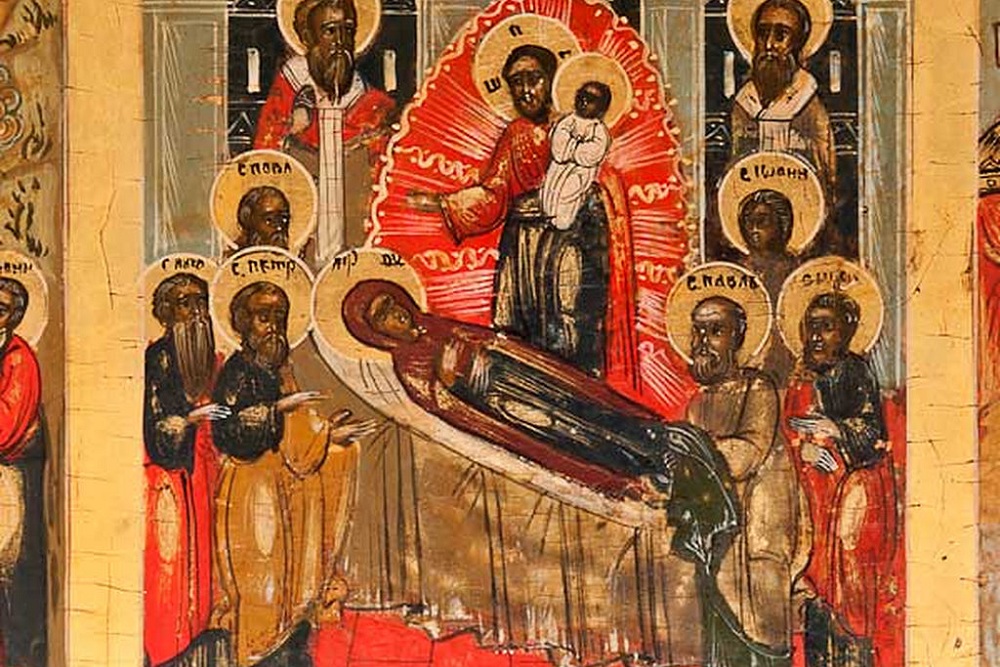
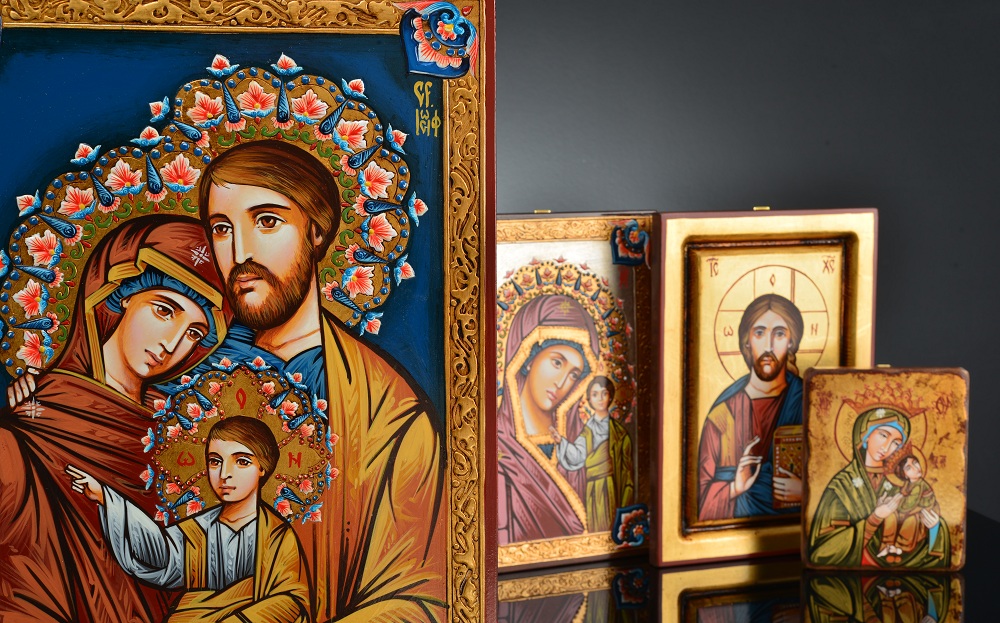
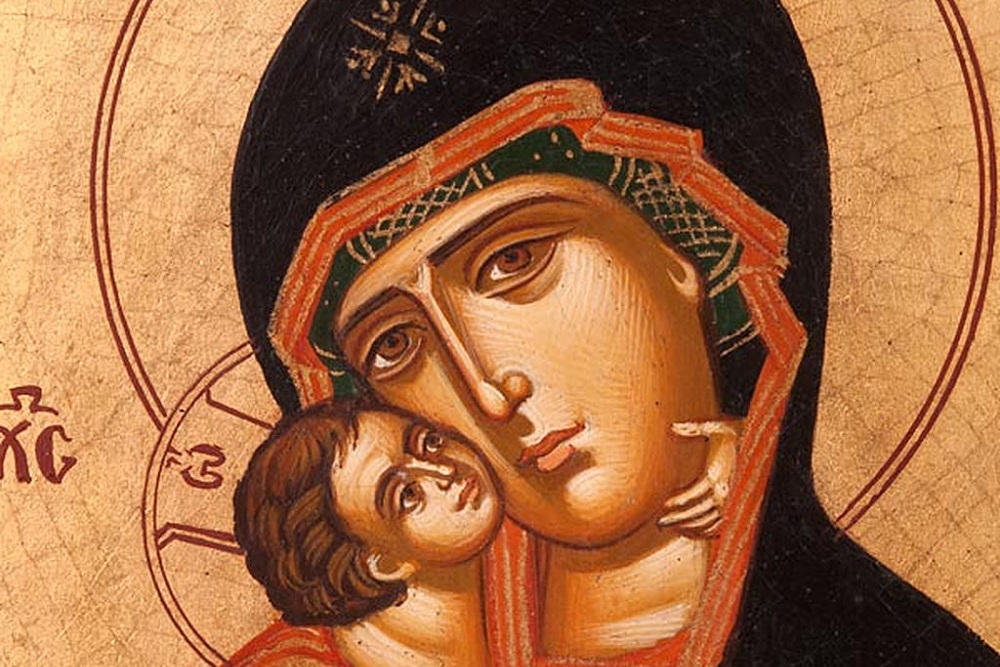


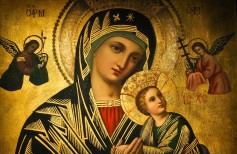
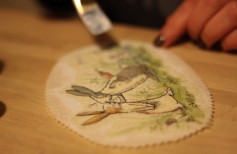
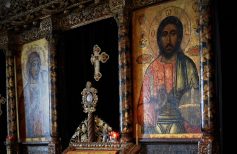
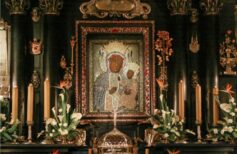








 19 March 2025
19 March 2025






